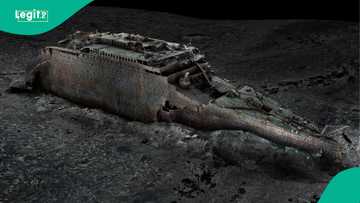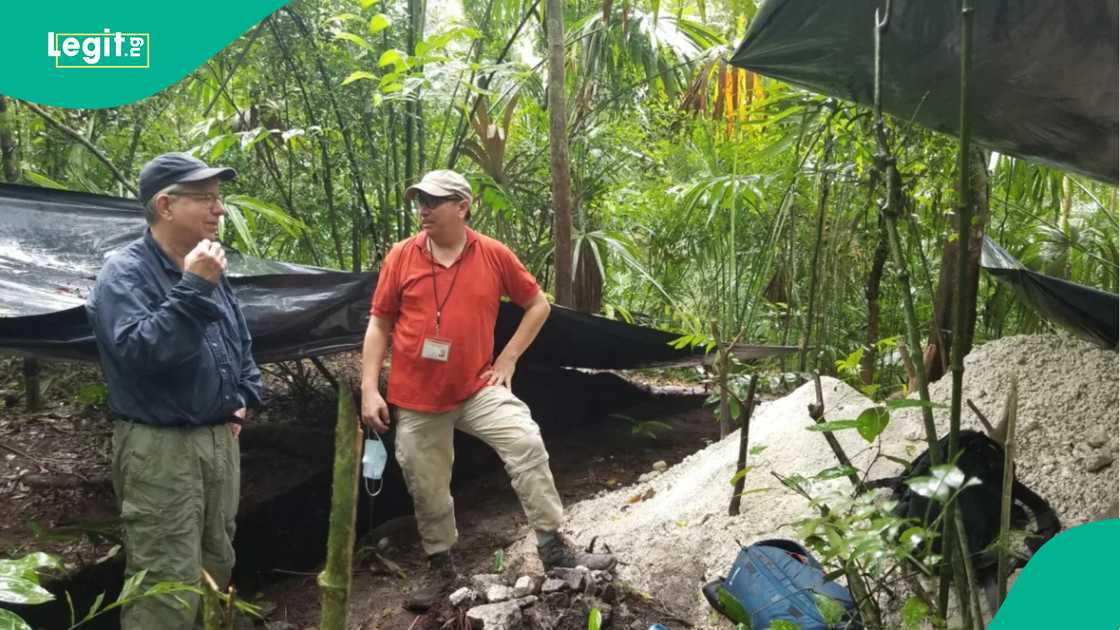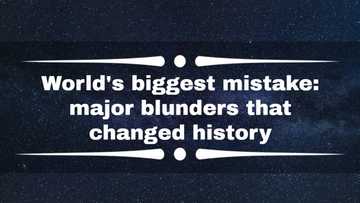Scientists Discover Mysterious Altar That Contains Bodies in Ancient Mayan City
- A group of researchers have made a mysterious discovery in a tomb they have been digging since 2019
- The discovery which was made by archaeologists working in Mexico City revealed an ancient an ancient altar
- The ancient altar was situated in what scientists describe as an ancient Mayan city, which was influenced by Teotihuacan culture
Researchers have unearthed an ancient altar which has been buried for many years.
According to the researchers, the mysterious altar existed over 1700 years ago, and it is located in Mexico.

Source: UGC
The altar, which contained human bodies buried hundreds of years ago, was found in Tikal, a ruined Mayan city situated in modern-day Guatemala.
The archaeologists involved in the research believe the tomb was decorated by artists trained 630 miles away in Teotihuacan.
The research was published in the journal Antiquity, and it describes what the scientists found in the altar.
According to the scientists, two bodies were buried underneath the altar.

Read also
New digital scan of Titanic ship sheds light on what happened in Atlantic Ocean 113 years ago

Source: UGC
The bodies include one, probably an adult male and the other, a small child aged between 2 and 4 years old, who was buried in a seated position, CNN reports.
Also, there were bodies of three other infants who were discovered around the altar.
No mentions were made as to how the people buried there died
Co-author Stephen Houston, a professor at Brown University who specializes in Mayan culture, told CNN that wealthy leaders from Teotihuacan must have created the altar.
He said:
“Wealthy leaders from Teotihuacan came to Tikal and created replicas of ritual facilities that would have existed in their home city. This is a story of empire – how important kingdoms reached out to control others. This new find lends strong weight to the view that this was not light contact, or mere trade. It involved belligerent forces building an enclave close to the local royal palace.”
The researchers started excavating the site in 2019. At first, the researchers thought the elevated area was a hill.
Houston said:
“Only a bit of this palace is visible on the surface. The rest and especially the deeper layers are only accessible through tunnels excavated by archaeologists. Typically, we find a floor and walls, and follow along them, thus exposing buried buildings.”
Also speaking on the research, co-author Andrew Scherer, a professor of anthropology and archaeology at Brown, said the Maya are known to have buried buildings, but the particular discovery was different.
His words:
“The Maya regularly buried buildings and rebuilt on top of them. But here, they buried the altar and surrounding buildings and just left them, even though this would have been prime real estate centuries later. They treated it almost like a memorial or a radioactive zone.”
Scientists discover bone tools in Africa
Earlier, Legit.ng reported that a group of archeological researchers has discovered some bone tools which were forged 1.5 million years ago in Africa.
The research work was published in the journal Nature and states that the tools were made by ancient humans.
The bone tools were made of elephant and hippopotamus bones, and they were found in Tanzania’s Olduvai Gorge.
PAY ATTENTION: Сheck out news that is picked exactly for YOU ➡️ find the “Recommended for you” block on the home page and enjoy!
Source: Legit.ng




